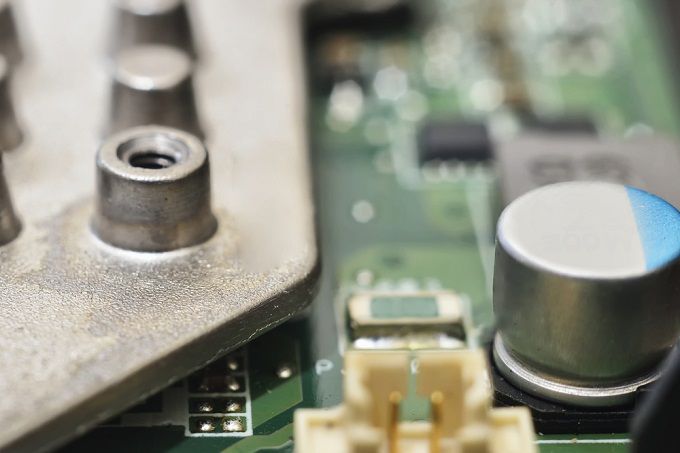[ad_1]
The PHLX Semiconductor Index (SOX) may have topped out following a historic rally that added more than 50% in eight months. If so, an intermediate correction could last for months and drop the index between 15% and 25% toward support near 1,500. More importantly, top sector performers could post much greater losses, fueled by an oversupply of weak-handed shareholders who aren’t paying attention to growing risk.
The index finally completed a round trip into the 2000 internet bubble top at the start of 2018 and entered a testing period that finally ended with a confirmed breakout in the second half of 2019. Extraordinary gains since that time make perfect sense because the event set off long-term buying signals, inducing analysts all over the world to upgrade the sector. However, the impressive upside has lifted relative strength readings to extremely overbought levels at the same that emerging headwinds threaten to upend the decade-long bull market.
Chip stocks are particularly vulnerable to the Chinese economy, which is now under pressure as a result of trade tariffs and the coronavirus outbreak. A breakdown in the supply chain could undermine profits at many U.S. manufacturers, possibly offset to some degree by higher pricing. Group performance also tends to track the U.S. economy, which is now engaged in a decade-long expansion that has grown “long in the tooth.”
A quick resolution of the virus outbreak could save the day, but that isn’t likely because outbreaks in the recent past have taken around 13 weeks for infection numbers to level off. In addition, this virus looks far more virulent than the few outbreaks that Americans have been forced to deal with in recent decades, adding considerable risk for sidelined investors wanting to use lower stock prices to reload positions.
SOX Long-Term Chart (2000 – 2020)
The index rallied to 1,362 in March 2000 and broke down from a topping pattern a few months later, entering a fierce downtrend that posted an astounding 85% loss into the October 2002 low at 209. A bounce into the end of 2003 stalled near 550, marking a resistance level that took another 11 years to overcome. It sold off once again during the 2008 economic collapse, breaking through 2002 support before bottoming out at a 12-year low.
A 2014 breakout above 2003 resistance generated more than two years of sideways action at new support, followed by a secondary breakout after the 2016 presidential election. The index finally completed a 100% retracement into the 2000 peak in January 2018 and settled into a sideways pattern that broke short-term support in the fourth quarter, dropping it to a 17-month low. That marked a historic buying opportunity, ahead of a 2019 uptrend that stalled near 1,600 in April.
Bullish price action cleared that resistance level in October, generating a fresh rally leg that posted an all-time high at 1,975 on Jan. 24, just as coronavirus headlines caught the market’s attention. The index dropped about 125 points in reaction to the news and has now settled at a three-week low. More importantly, it has given up the bulk of 2020 gains, placing new sector shareholders into losing positions.
The monthly stochastics oscillator entered a long-term buy cycle in January 2019 and crossed into a sell cycle in May. Selling pressure was short lived, with the indicator turning higher once again and reaching the overbought level in November. It is now set to close out the month with a bearish crossover at the same time the monthly price bar prints a bearish shooting star candlestick. While these aren’t bona fide sell signals, at least yet, they do warn market players to tighten stops and take partial profits.
The Bottom Line
The semiconductor index may have topped out after a powerful advance that posted a series of all-time highs.
Disclosure: The author held no positions in the aforementioned securities at the time of publication.
[ad_2]
Source link Google News

